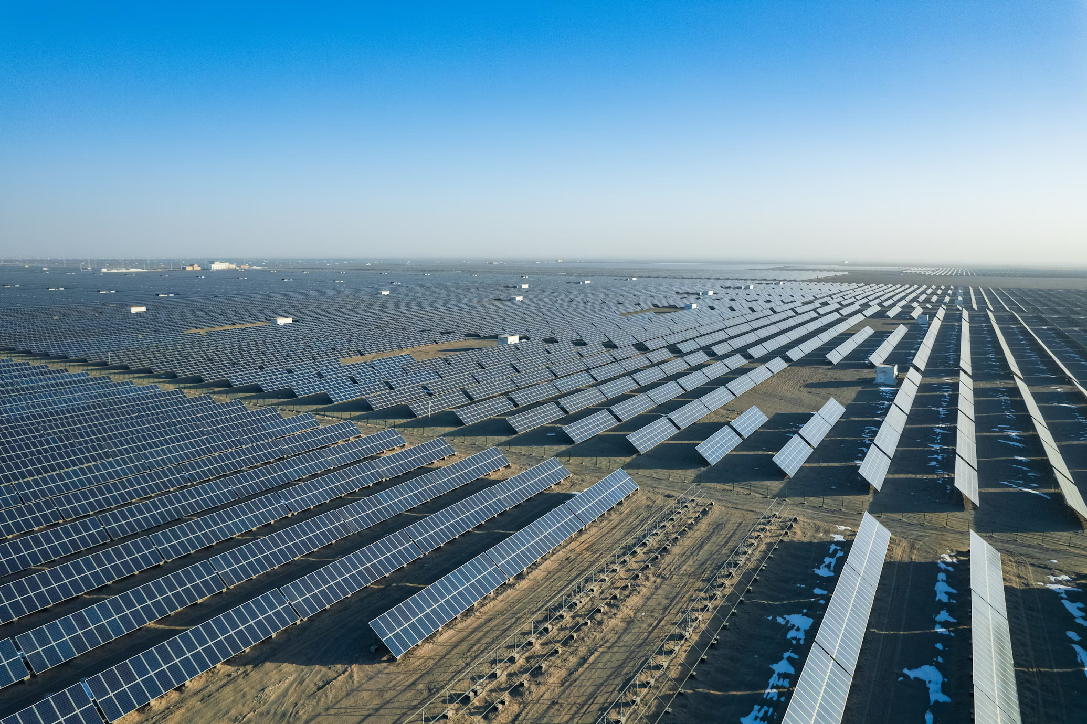Solar panels are devices that convert solar energy into electricity, usually made up of multiple solar cells. They can be installed on the roofs of buildings, fields, or other open spaces to generate clean and renewable power by absorbing sunlight. This method not only benefits the environment but also provides sustainable clean energy solutions for households and businesses. Furthermore, with technological advancements and expanding applications, solar panels have become one of the most popular and widely used renewable energy devices globally.
Installation instructions?
1. Tilted roof installation: – Framed installation: Solar panels are installed on the sloped surface of the roof, typically secured with metal or aluminum frames. – Frameless installation: Solar panels are directly adhered to the roofing material without the need for additional frames.
2. Flat roof installation: – Ballasted installation: Solar panels are installed on the roof and can be adjusted to maximize solar radiation reception. – Ground-mounted installation: A platform is built on the roof where solar panels are installed.
3. Roof-integrated installation: – Tile-integrated: Solar panels are combined with roofing tiles to form an integrated roofing system. – Membrane-integrated: Solar panels are combined with a roofing membrane, suitable for waterproof flat roofs.
4. Ground-mounted installation: In cases where rooftop solar panel installations are not feasible, they can be mounted on the ground, typically used for large-scale solar power plants.
5. Tracking system installation: – Single-axis tracking system: Solar panels can rotate around one axis to follow the movement of the sun. – Dual-axis tracking system: Solar panels can rotate around two axes for more precise sun tracking.
6. Floating photovoltaic (PV) systems: Solar panels are installed on water surfaces such as reservoirs or ponds, reducing land usage and potentially aiding in water cooling.
7. Each type of installation has its advantages and limitations, and choosing which method depends on various factors including cost, efficiency, aesthetics, roof load capacity, and local climate conditions.
How does BR SOLAR produce solar modules?
1. Series welding: Weld the interconnecting rod to the positive side of the battery main busbar and connect the positive side of the battery with the backside of surrounding batteries through interconnecting rods in series.
2. Overlapping: Use materials such as glass and backsheet (TPT) to overlap and connect the units in series.
3. Lamination: Place the assembled photovoltaic module into a laminator, where it undergoes vacuuming, heating, melting, and pressing processes to tightly bond the cells, glass, and backsheet (TPT) together. Finally, it is cooled down and solidified.
4. EL testing: Detect any abnormal phenomena such as hidden cracks, fragments, virtual welding or busbar breakage in photovoltaic modules.
5. Frame assembly: Fill gaps between aluminum frames and cells with silicone gel and connect them using adhesive to increase panel strength and improve lifespan.
6. Junction box installation: Bond module’s junction box with backsheet (TPT) using silicone gel; guide output cables into modules through backsheet (TPT), connecting them with internal circuits inside junction boxes.
7. Cleaning: Remove surface stains for enhanced transparency.
8. IV testing: Measure module’s output power during an IV test.
9. Finished product inspection: Conduct visual inspection along with EL examination.
10.Packaging: Follow packaging procedures to store modules in warehouses according to packaging flowchart.
Note: The translation provided above maintains both fluency of sentences while preserving their original meaning
As a professional manufacturer and exporter of solar energy products, BR Solar can not only configure system solutions according to your power requirements but also design the best installation solution based on your installation environment. We have an experienced and skilled team who will assist you throughout the entire project. Whether you are a technical professional or unfamiliar with the solar energy field, it doesn’t matter. BR Solar is committed to providing quality service to every customer and ensuring their satisfaction during usage. If you need assistance or have any questions, please feel free to contact us. In addition to providing system configuration and installation solutions, BR Solar also emphasizes product quality control and after-sales service. We use advanced production equipment and strict quality management systems to ensure that every solar product meets international standards and possesses reliability and durability. Furthermore, we promptly respond to customer feedback and provide necessary maintenance support after sales. Whether it’s for homes, businesses, or public institutions, BR Solar is willing to cooperate with you in making positive contributions towards energy conservation and environmental protection. By choosing solar energy products, not only can electricity cost expenses be reduced but more importantly sustainable development goals can be achieved. Thank you for your trust in and support of the BR Solar brand! We look forward to working together with you in creating a better future.
Mr. Frank Liang
Mobile/WhatsApp/WeChat: +86-13937319271
Email: [email protected]

Post time: Nov-22-2024
